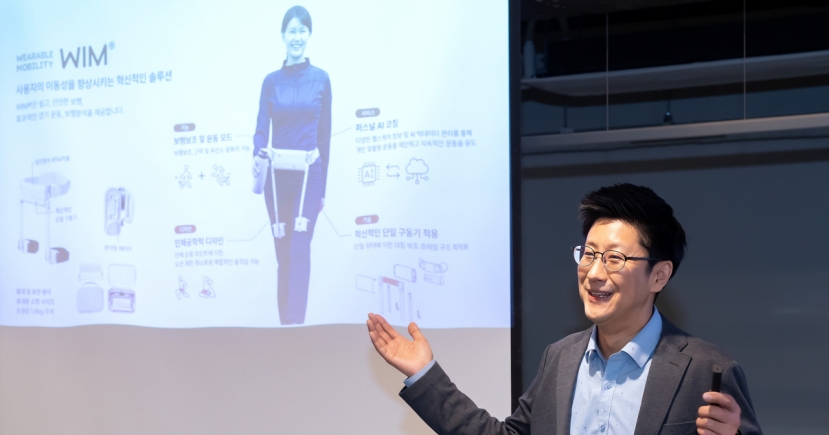Industrials
Anti-dumping actions against Korean goods increase
[THE INVESTOR] The number of anti-dumping measures taken against South Korean goods has increased this year, with half of such measures targeting steel and petrochemical products, data showed on Dec. 7.
A total of 132 anti-dumping measures have been imposed on South Korean-made goods in the first 11 months of this year, according to data compiled by the Korea International Trade Association. It compares to 106 cases in all of last year.
Anti-dumping measures are duties applied on imported goods when they are considered to be priced below market value in the exporting country and hurt the industry in the importing country.
Other import restriction measures such as safeguards and special countervailing duties have decreased. Safeguard measures, emergency measures to limit imports temporarily, have declined from 61 in 2015 to 43 as of the end of November.
Countervailing duties to offset the subsidies in the exporting country also fell to seven cases from eight in 2015.
Combining all three measures, the figure stood at 182 cases.
A KITA official said that anti-dumping measures are relatively easy to impose on a specific country or company while safeguards and countervailing duties involve a trade tussle with the entire world or a country.
A total of 88 cases, or almost half of the total restrictions, were taken in the steel sector and 48 cases in the petrochemical sector. The price competitiveness in these two sectors improved in overseas markets on expanded output capacity according to the KITA data.
By country, India imposed 33 cases of import restrictions followed by the US with 23 cases, China with 13 and Thailand also with 13, the report showed.
A total of 39 new import restrictions were imposed against South Korean goods by the end of November, nine cases by India and three by China, compared to 36 cases in 2015.
By Park Ga-young/The Korea Herald(gypark@heraldcorp.com)
A total of 132 anti-dumping measures have been imposed on South Korean-made goods in the first 11 months of this year, according to data compiled by the Korea International Trade Association. It compares to 106 cases in all of last year.
Anti-dumping measures are duties applied on imported goods when they are considered to be priced below market value in the exporting country and hurt the industry in the importing country.
Other import restriction measures such as safeguards and special countervailing duties have decreased. Safeguard measures, emergency measures to limit imports temporarily, have declined from 61 in 2015 to 43 as of the end of November.
Countervailing duties to offset the subsidies in the exporting country also fell to seven cases from eight in 2015.
Combining all three measures, the figure stood at 182 cases.
A KITA official said that anti-dumping measures are relatively easy to impose on a specific country or company while safeguards and countervailing duties involve a trade tussle with the entire world or a country.
A total of 88 cases, or almost half of the total restrictions, were taken in the steel sector and 48 cases in the petrochemical sector. The price competitiveness in these two sectors improved in overseas markets on expanded output capacity according to the KITA data.
By country, India imposed 33 cases of import restrictions followed by the US with 23 cases, China with 13 and Thailand also with 13, the report showed.
A total of 39 new import restrictions were imposed against South Korean goods by the end of November, nine cases by India and three by China, compared to 36 cases in 2015.
By Park Ga-young/The Korea Herald(gypark@heraldcorp.com)








